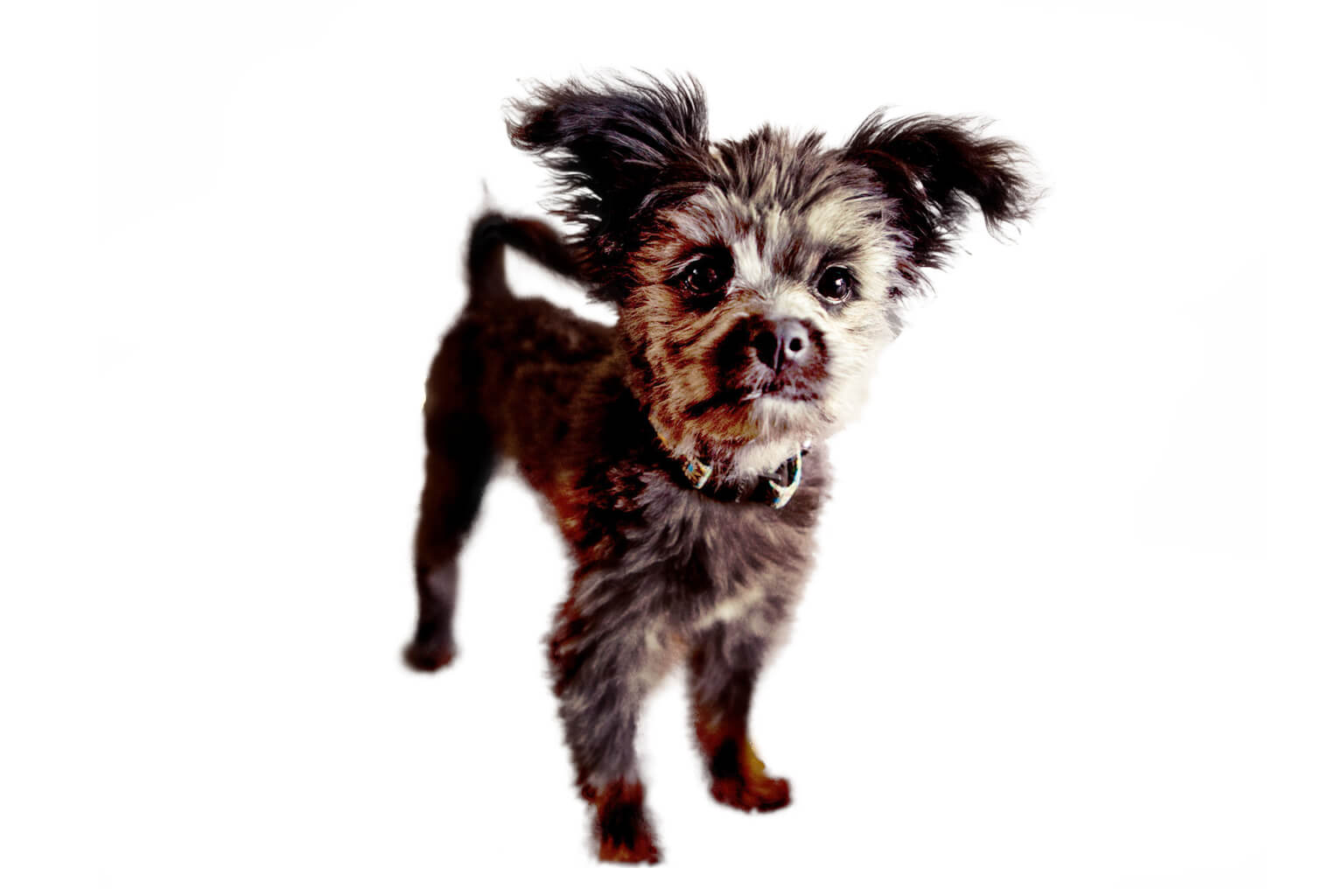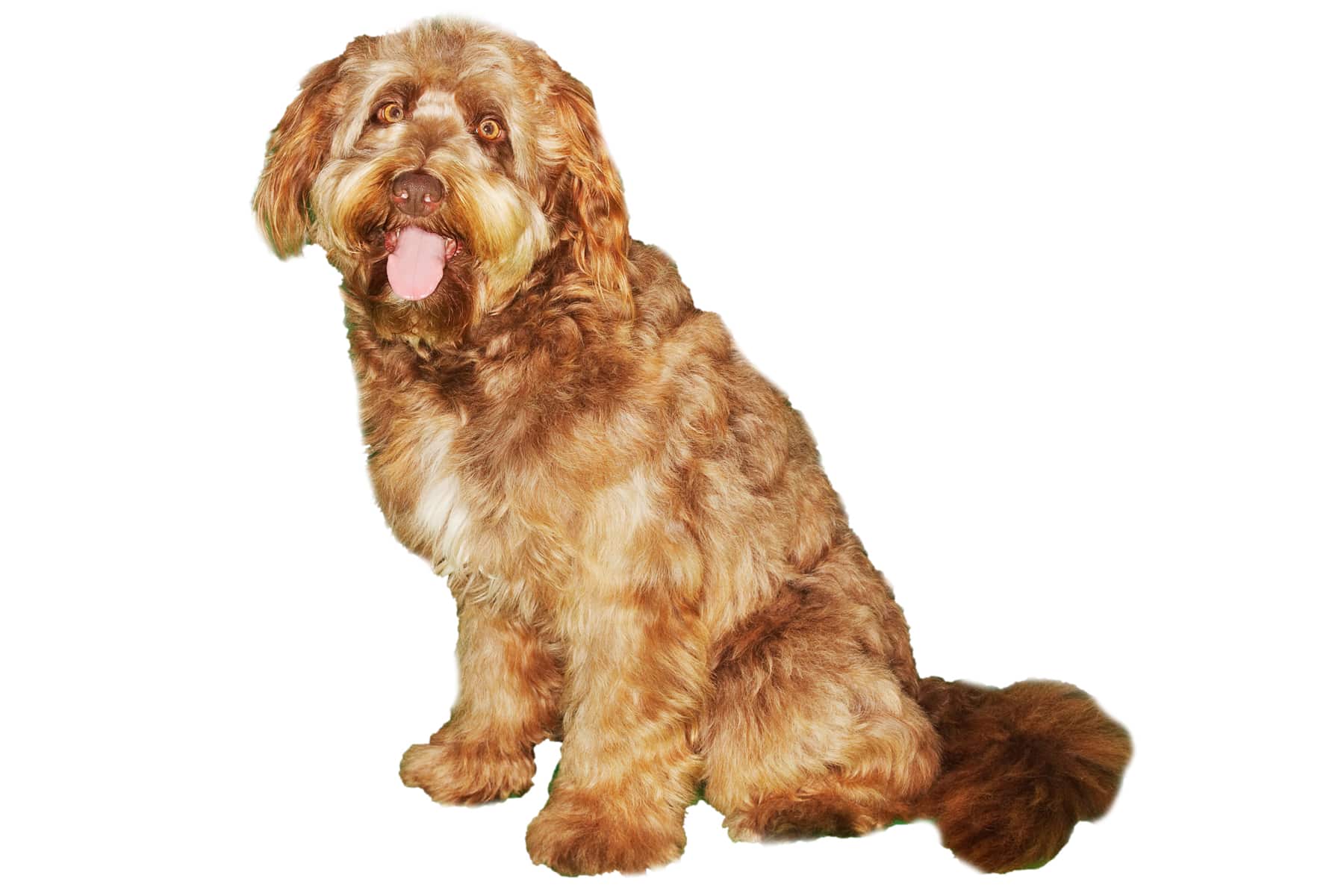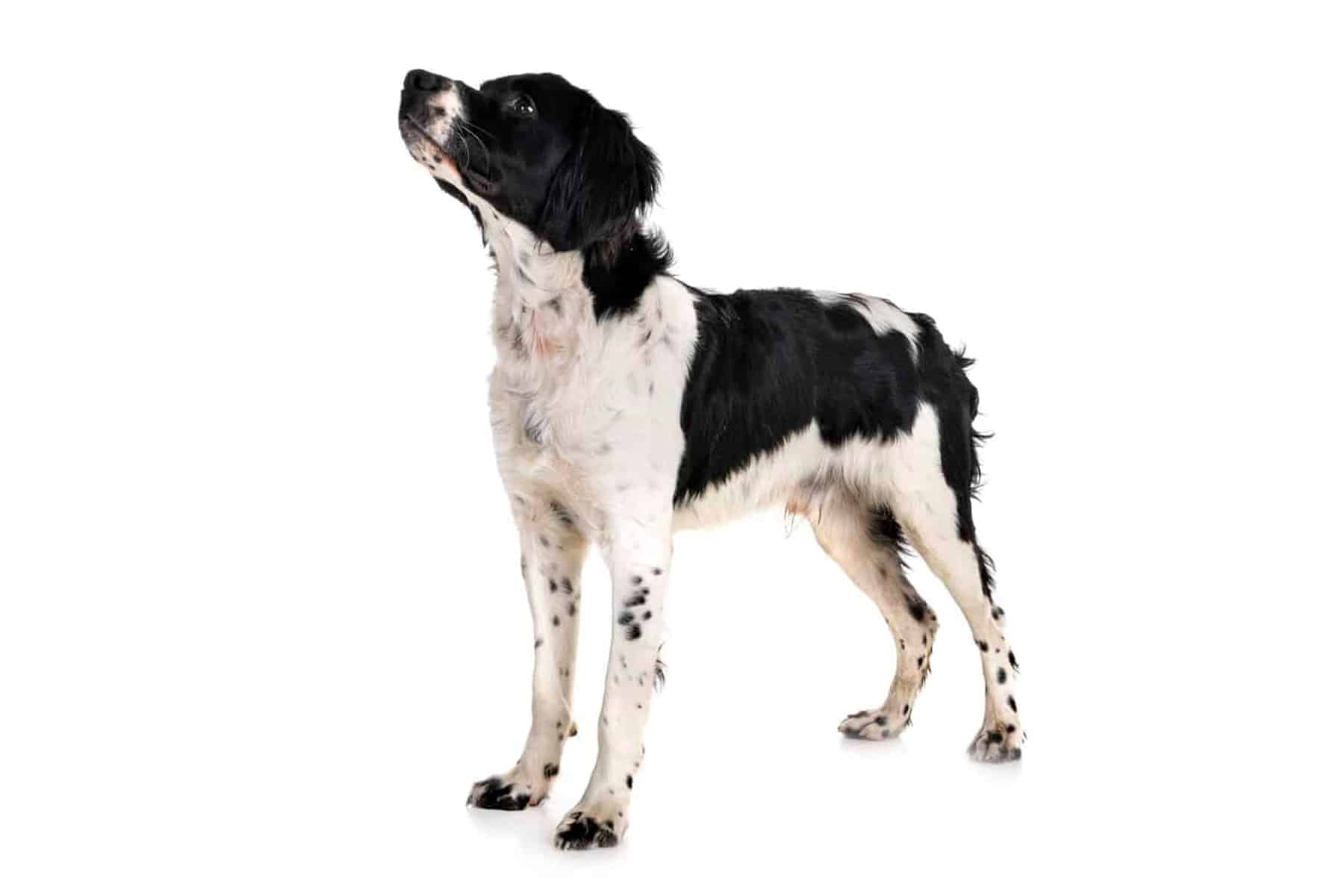Pug
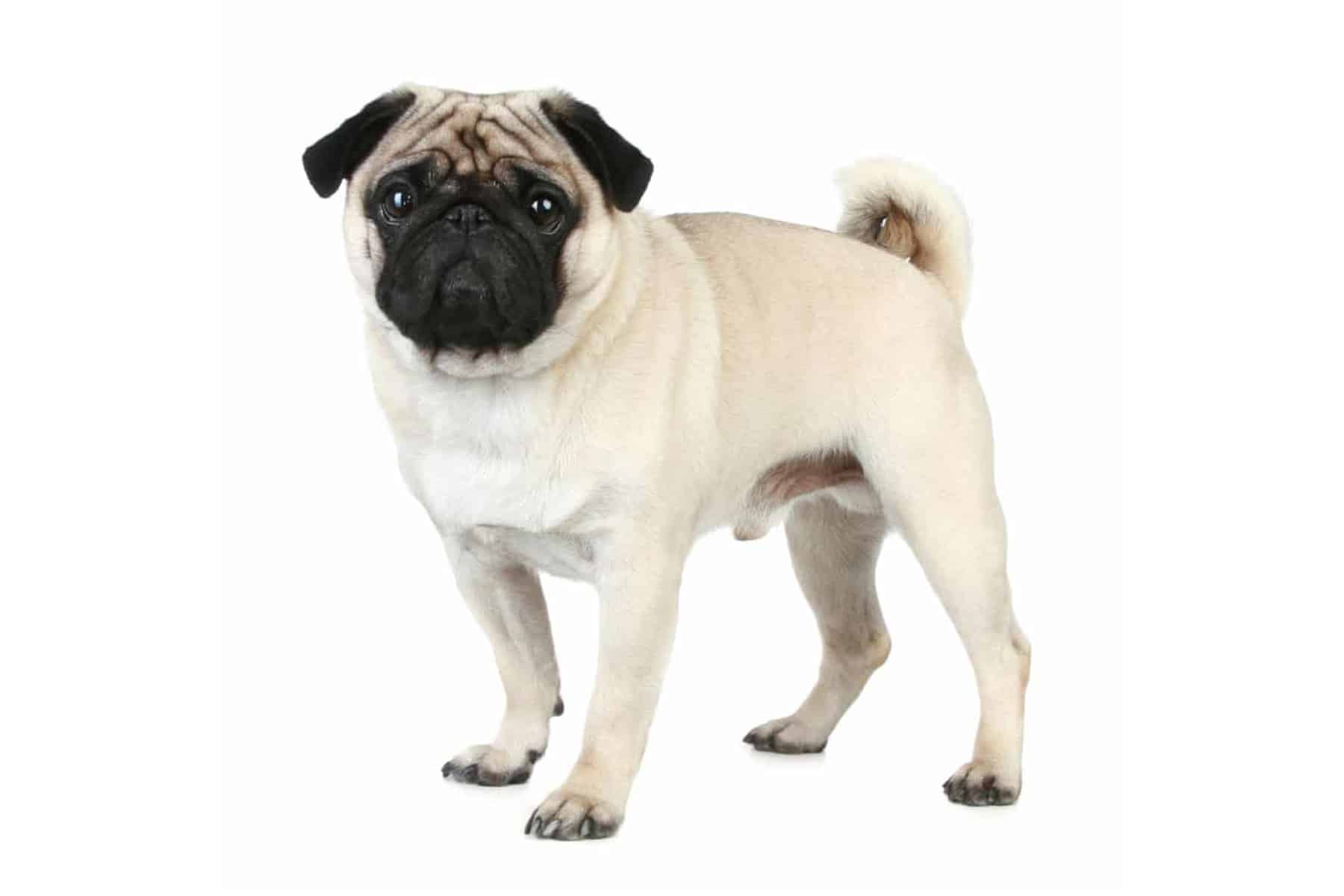
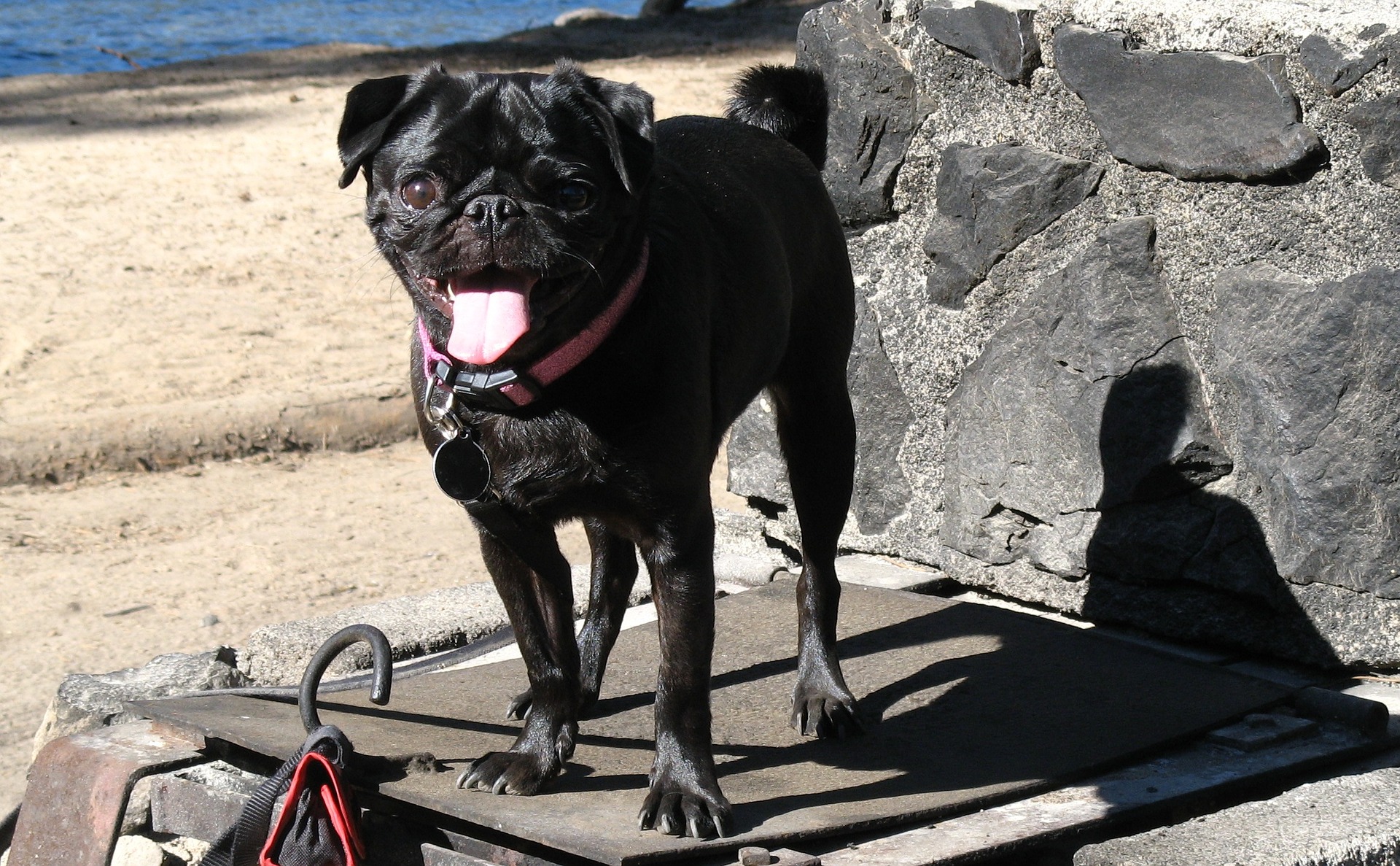
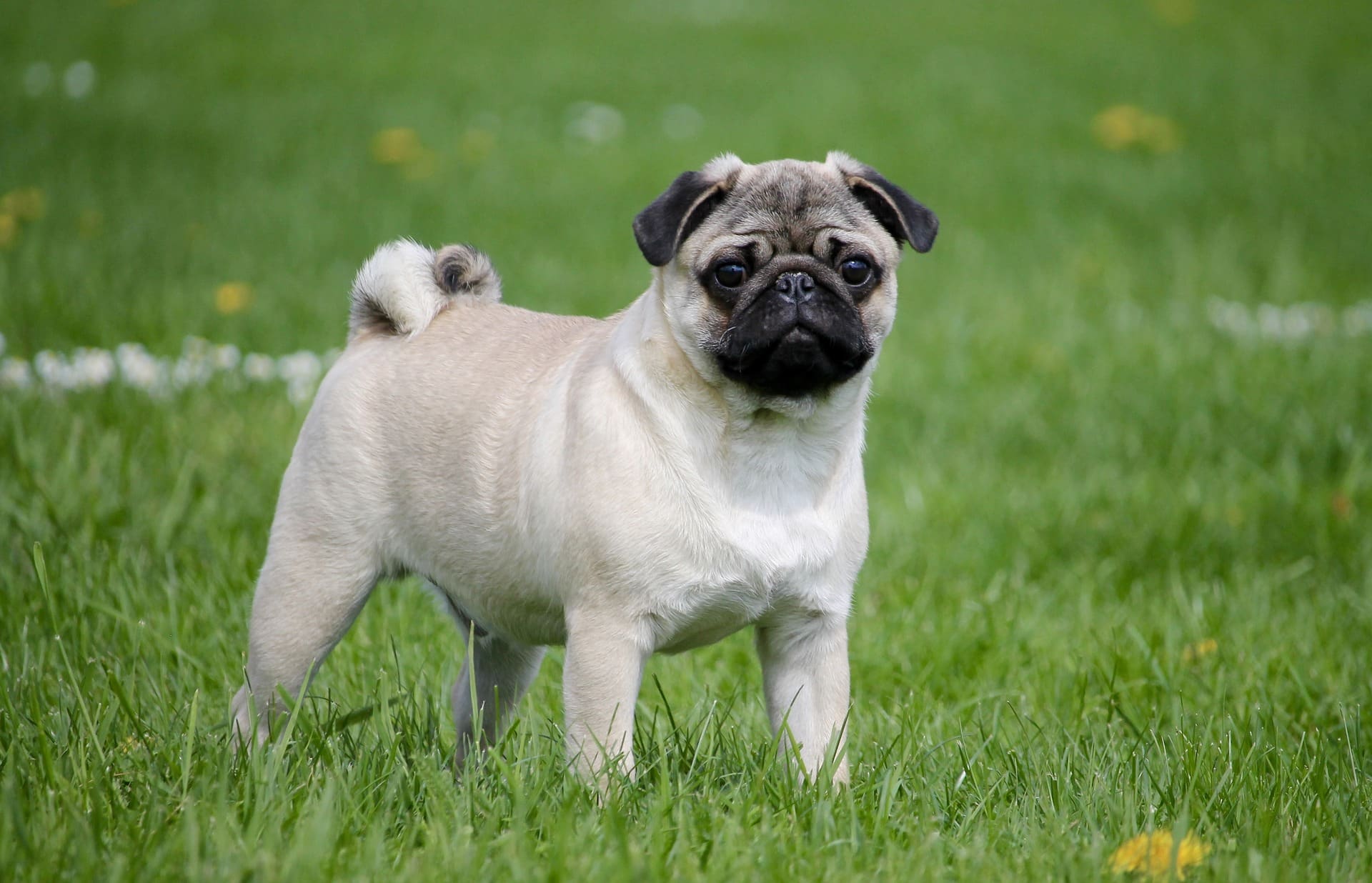
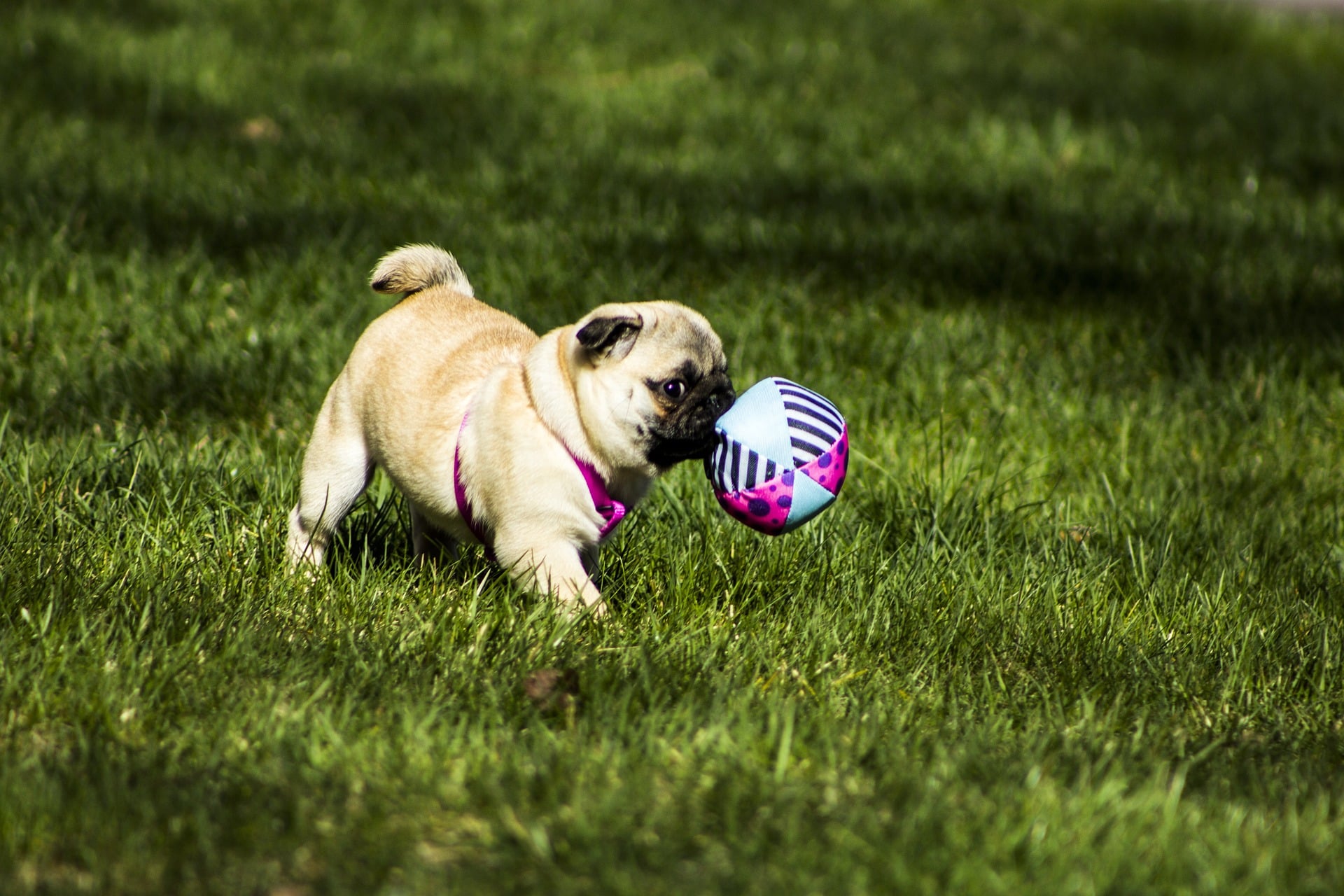
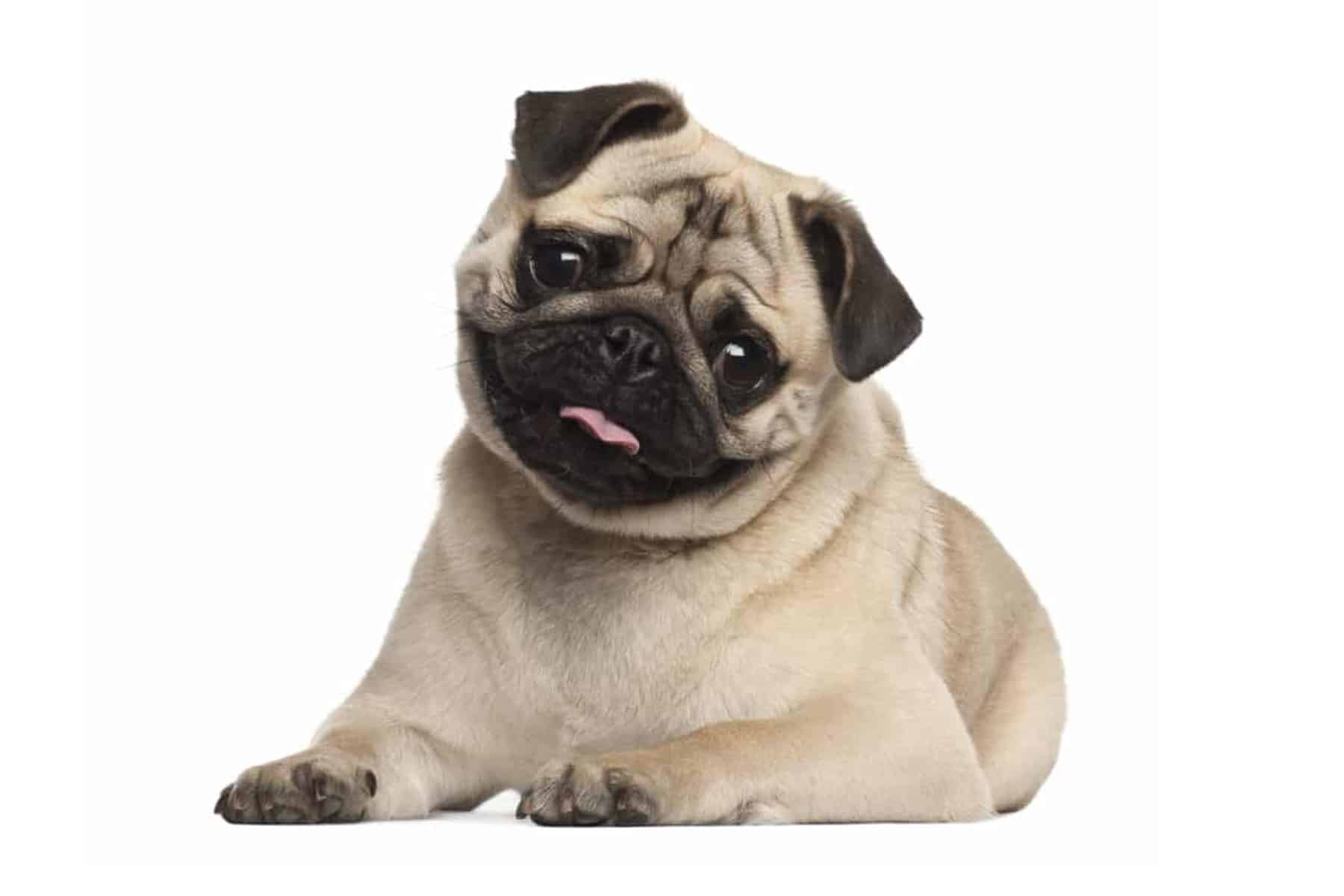
Temperament:
The pug has a long history as our companion. From Chinese emperor to one of the most popular small dog breeds in modern households. Its affectionate nature makes it suitable for everyone. But it needs a lot of attention. Because "Pugs live to love and be loved".
Characteristics
The Pug is an English dog breed recognized by the FCI (FCI Group 9, Section 11, Standard No. 253), which originally comes from China. The recognized colors are beige and black. However, it also exists in other colors such as silver, apricot or brindle.
The weight is between 6 and 10 kg, the height at the withers between 25 and 30 cm. These values vary depending on whether the animal is male or female. Its life expectancy is usually between 12 and 15 years.
It is characterized by its square build, its saucer eyes, its wrinkled face and its muscular physique. Its nature is very sweet, playful and adaptable. With the right training from puppyhood onwards, you can do a lot with the Pug. Thanks to its perceptiveness and intelligence, it is also very suitable for learning tricks.
Due to its nature, it is very suitable for apartments and families with children.
Member clubs of the Verband für das Deutsche Hundewesen (VDH) that keep stud books are the Club für den Mops, the Verband Deutscher Kleinhundezüchter and the Deutscher Mopsclub. If you are interested in a Pug puppy from a reputable breeder, you should expect to pay around 800-1000 euros. If you don't want a puppy, a visit to the local animal shelter can also be worthwhile.
Coat care:
Shedding:
Energy level:
Trainability:
Children suitable:
The right food
When choosing food, make sure that it contains high-quality ingredients, is balanced and meets your dog's requirements. Age, size or weight, activity and health status play an important role. You should follow the manufacturer's recommendations for the amount of food.
Treats should only be fed in moderation and deducted from the basic diet to avoid obesity.
Puppies can be fed 4-6 times a day. The number of meals should be gradually reduced to 2 per day until the dog is fully grown. A rest period should be observed after meals.
Fresh drinking water should be available at all times.
Health & Care
Due to its short and smooth coat, the pug is relatively easy to care for. It requires less grooming than many other dog breeds. However, as the pug sheds easily all year round, it is worth brushing it regularly to remove loose hair.
Much more important is the care of his health. The Pug is a brachycephalic breed. It has a rounded head and a short muzzle with slightly protruding eyes. For this reason, breeds like the Pug often suffer from brachycephalic syndrome, i.e. severe breathing problems. Their muzzle therefore requires special attention.
In recent years, there has been a trend towards back-breeding from the Pug to the Retro Pug. The Retro Pug is sportier, healthier and is characterized by a longer muzzle and longer legs. Crosses are made with Parson Russell Terriers, Pinschers, Patterdale Terriers or Beagles.
Suitable accessories
The pug is a very playful dog with moderate energy. You can motivate him for dog training, especially with treats. This way you can teach him nice tricks. Accessories for small dogs are suitable for a pug.
A pug has a thin undercoat. That's why you should buy him a suitable winter coat, especially in winter. And switch to low-calorie treats.
Your Pug's basic equipment should include the following accessories: Collar or harness with lead, dog basket or dog mat as a retreat, water and food bowl, tick tweezers, claw clippers, mild dog shampoo, brush and comb, toothbrush and toothpaste for dogs, transport box for transportation in the car and a first aid kit. It is best to ask your vet what belongs in the first aid kit.
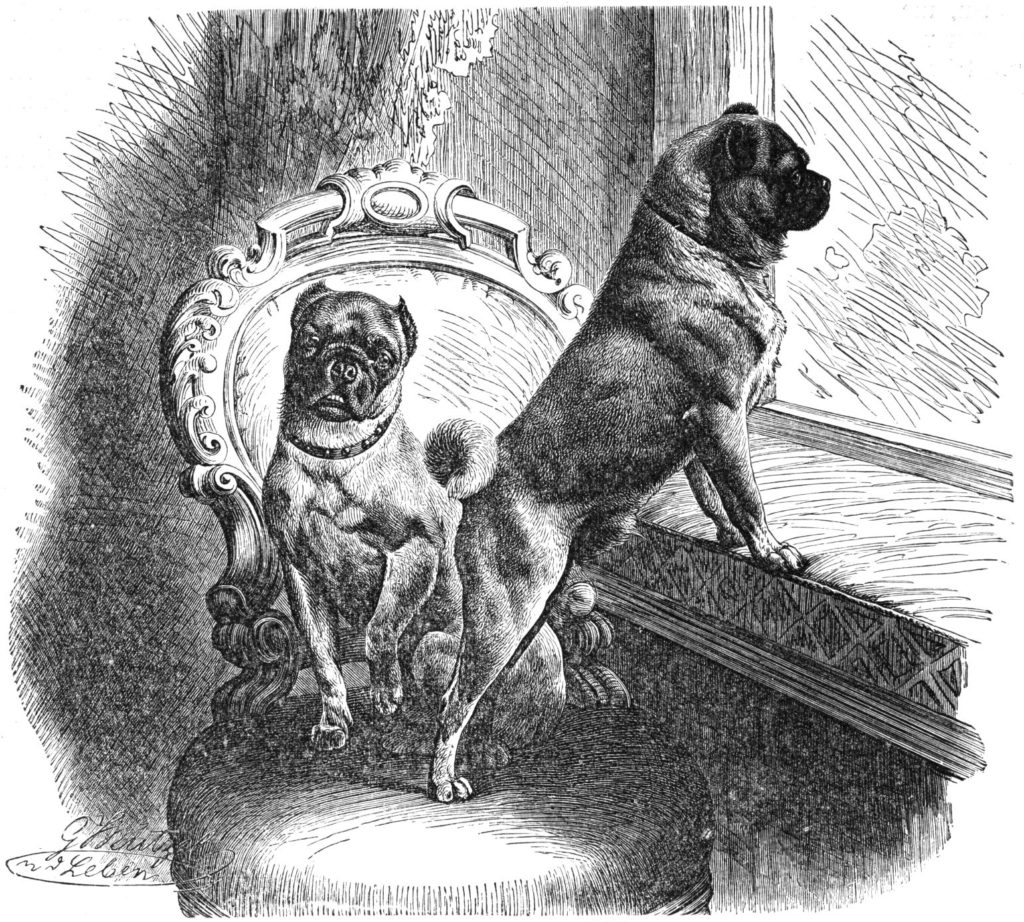
Origin & History
Our beloved pug probably originated in the Chinese Empire. More than 2000 years ago, it originated from other dog-like dogs. It was an imperial dog and it was the emperor's privilege to own it. Even later, it was only passed on to the privileged aristocratic class.
It is one of the smallest types of Molosser (generic term for massive & muscular dogs).
In the 16th century, its ancestors reached the Dutch royal family. From the beginning of 1918, the pug became increasingly popular as a companion and fashion dog. In England, the pug was so popular that it was widely used as a breeding dog.
Unfortunately, the Pug was bred to have a flatter and flatter muzzle, which led to health problems. In 2010, the FCI reacted and revised the standard for the Pug in the direction of a longer muzzle. In future, this should come closer to the original appearance of the Pug.
Not least thanks to Loriot, everyone knows the phrase "Life without a pug is possible, but pointless".
